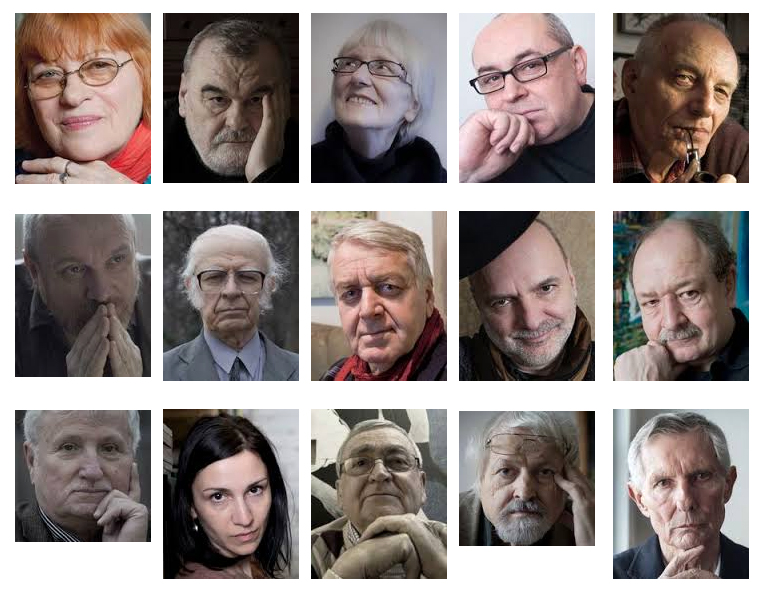
Hence and Beyond the River Danube… – exhibition

Slovak-Hungarian and Hungarian-Slovak Dialogs in Translation Literature
We look upon the River Danube as a metaphor connecting nations in the Central European cultural space. What connects us is also separating us in terms of geographical and political borders, especially if symbolic constitutional processes acquire an ethnic meaning, due to our mutual history.
This exhibition, which is primarily a modest book review of mutual Slovak-Hungarian translation literature, also makes an attempt, in a cultural space of dual attachment and vision, to present the man who aims at breaking down mental limits and bridging the existing physical borders.
First of all, we were thinking about the official mediators, translators who are often relegated to the background. So, in addition to covers of books, anthologies and thematic literary journals published on the occasion of the 23rd International Book Festival Budapest, our screen also features personal reflections of the Hungarian translators and editors of Slovak literature.
At the same time, we considered it important to present to the Hungarian audience, at least on a symbolic level, traces of professional and cultural dialogs the Hungarian scholarly workshops and civil partnerships in Slovakia carried out with the Slovaks, which can be found in publications, that is, the Slovak-language documents of dialogs between minority and majority.
Confrontation of inner and outer aspects, carrying out a dialog with one another, results in the plurality of approaches: from the traditional bridge role, via the idea of a common space, right to the dialog bridging the AquaPhone contemporary art project and including languages.
The show-case presenting the latter can also be regarded as a “small mirror” (mise en abyme) showing the concept of the exhibition, putting the emphasis on real human dialog instead of the bridge, which became a metaphor of linguistic and cultural mediation. The lack of real bridges is bridged by human ingenuity, the communications needs of people torn apart from one another (voice bridging).
The distance between our languages can also be overcome and bridged, since Slovaks and Hungarians have a common language and that is translation. If we take into our hands a volume of translation, we can also read in the language of another nation. And, in addition to getting to know the other one better, one can get a glimpse of himself or herself – from the other side.
By Ildikó Hizsnyai Tóth, Curator
The exhibition will be open between April 15 and April 30, 2016, on Level 6 of NSZL, in the Ars Librorum exhibition space during the opening hours of the Library, Tuesday to Saturday, between 9 a.m. and 8 p.m. Visitors who are not registered users of National Széchényi Library can attend our temporary exhibitions for a flat fee of HUF 400. When you are planning your visit, please, bear in mind that our pay desk is closed at 7 p.m.



